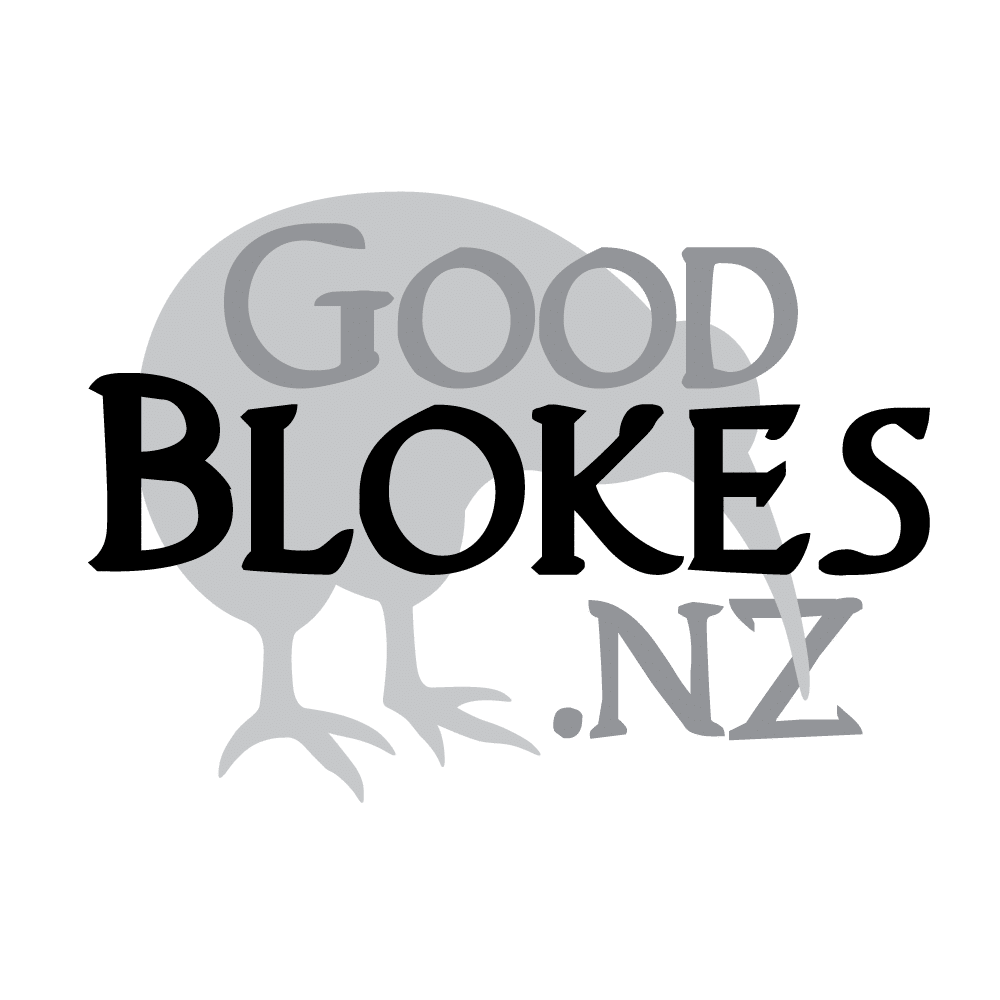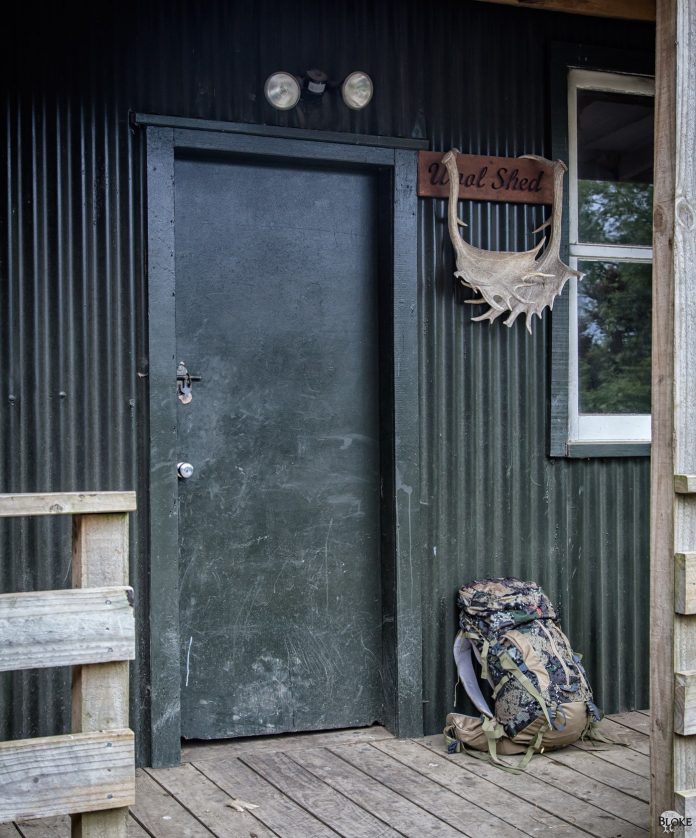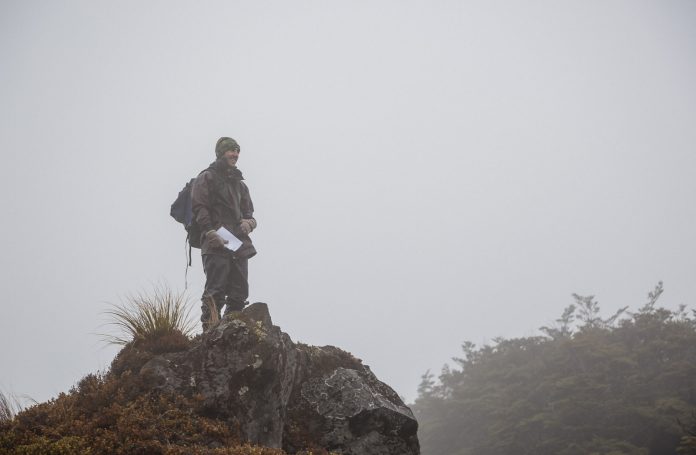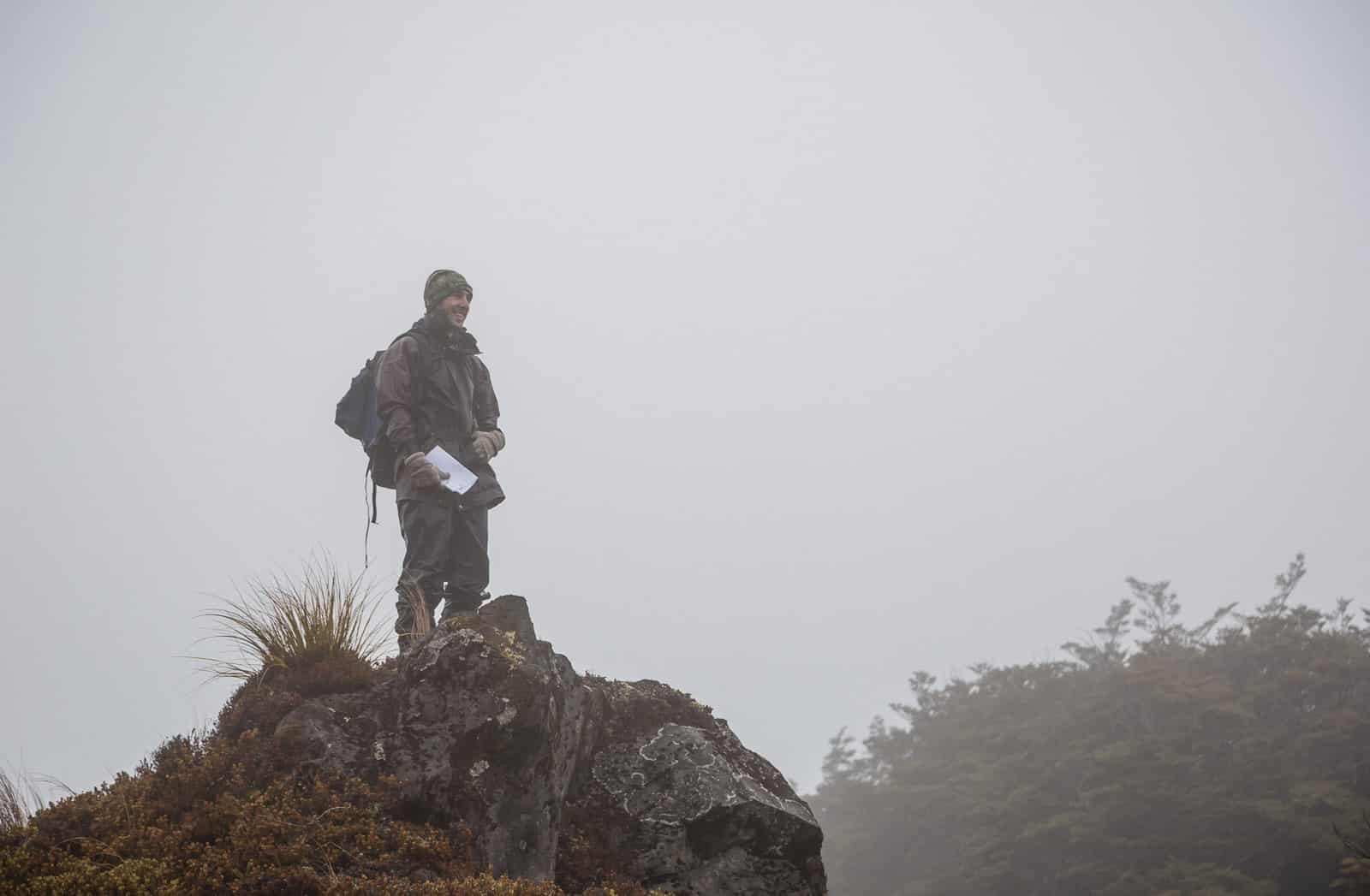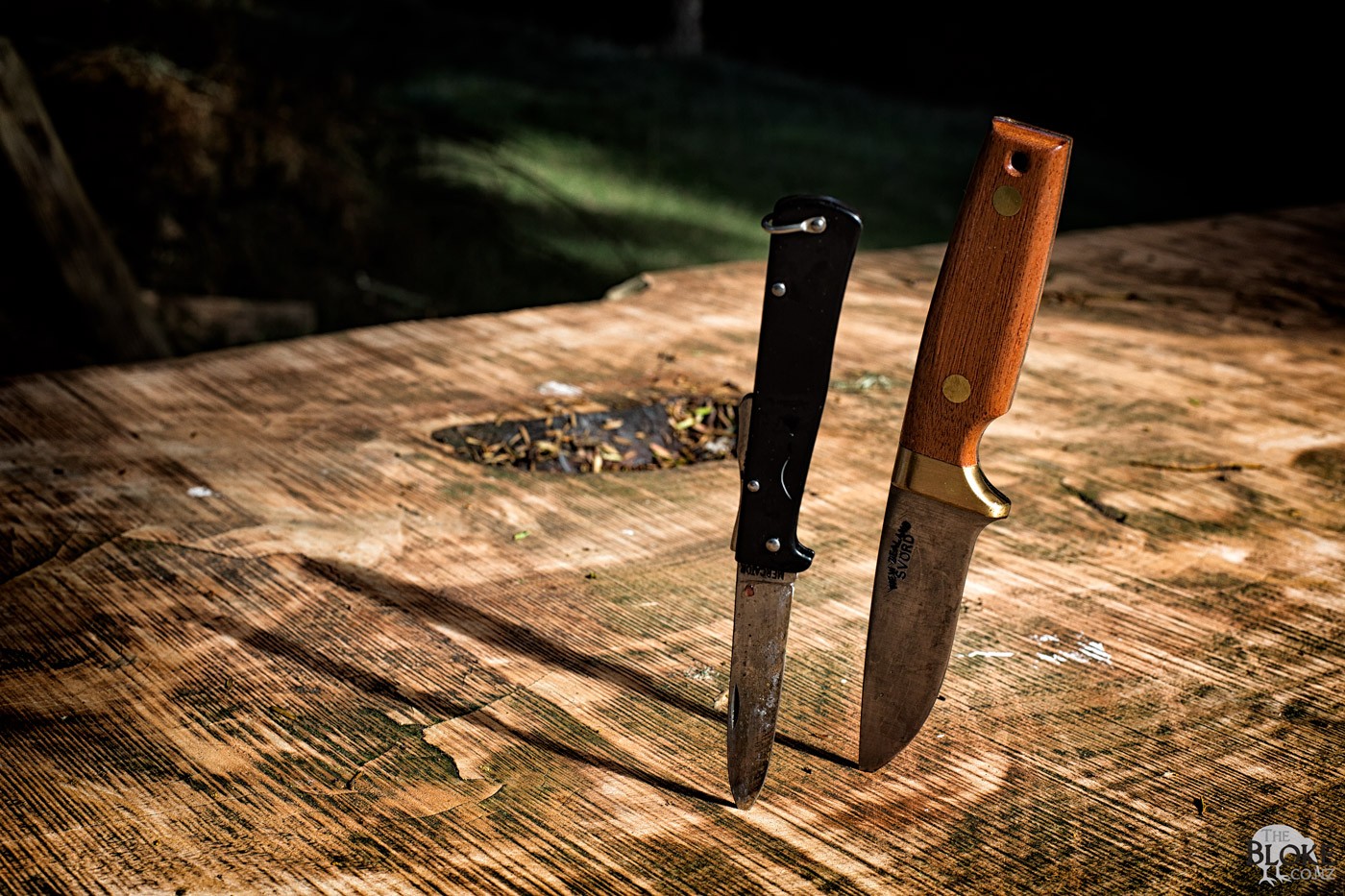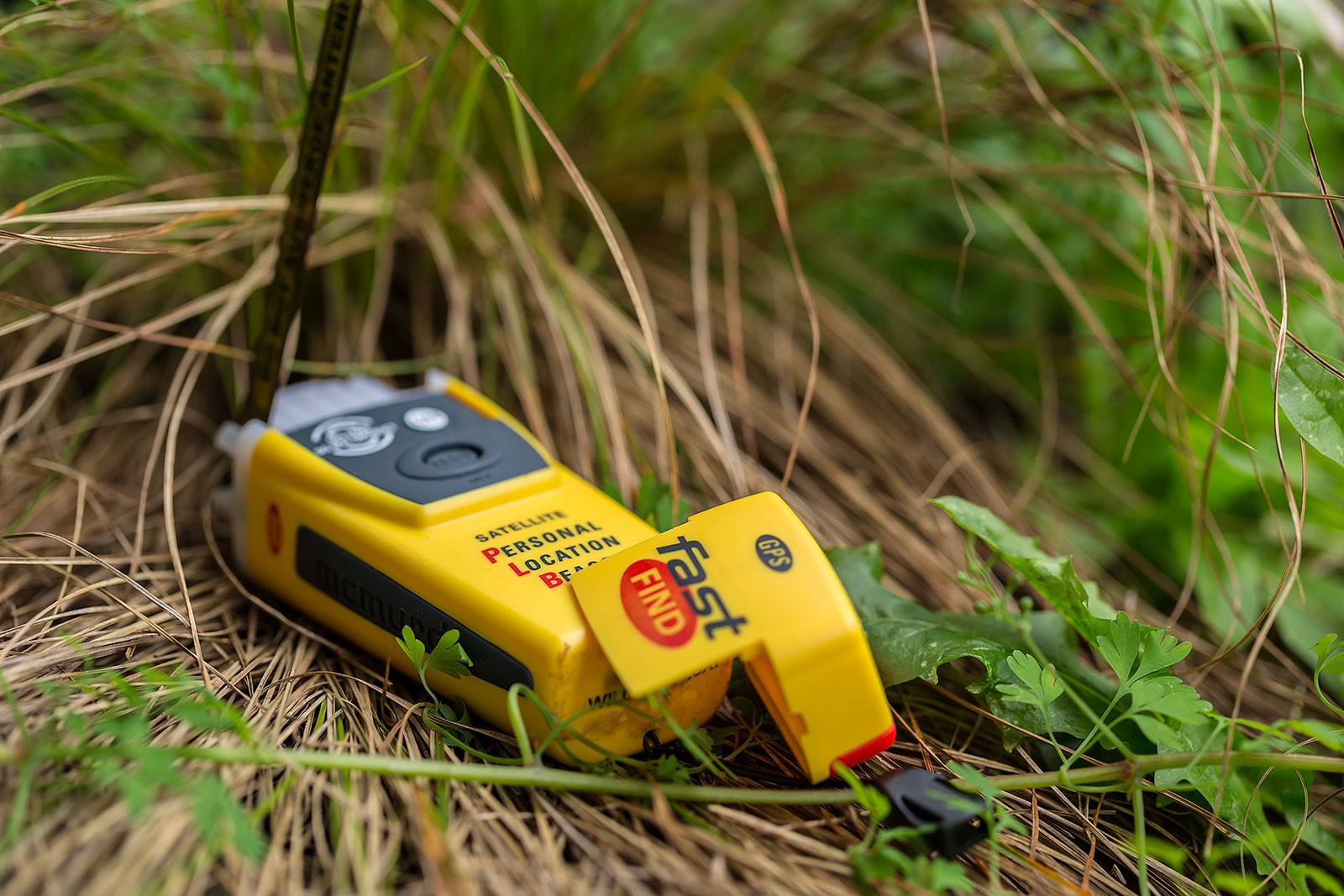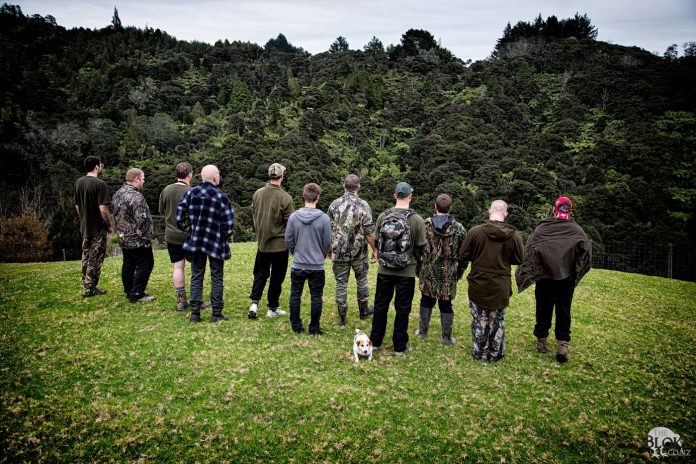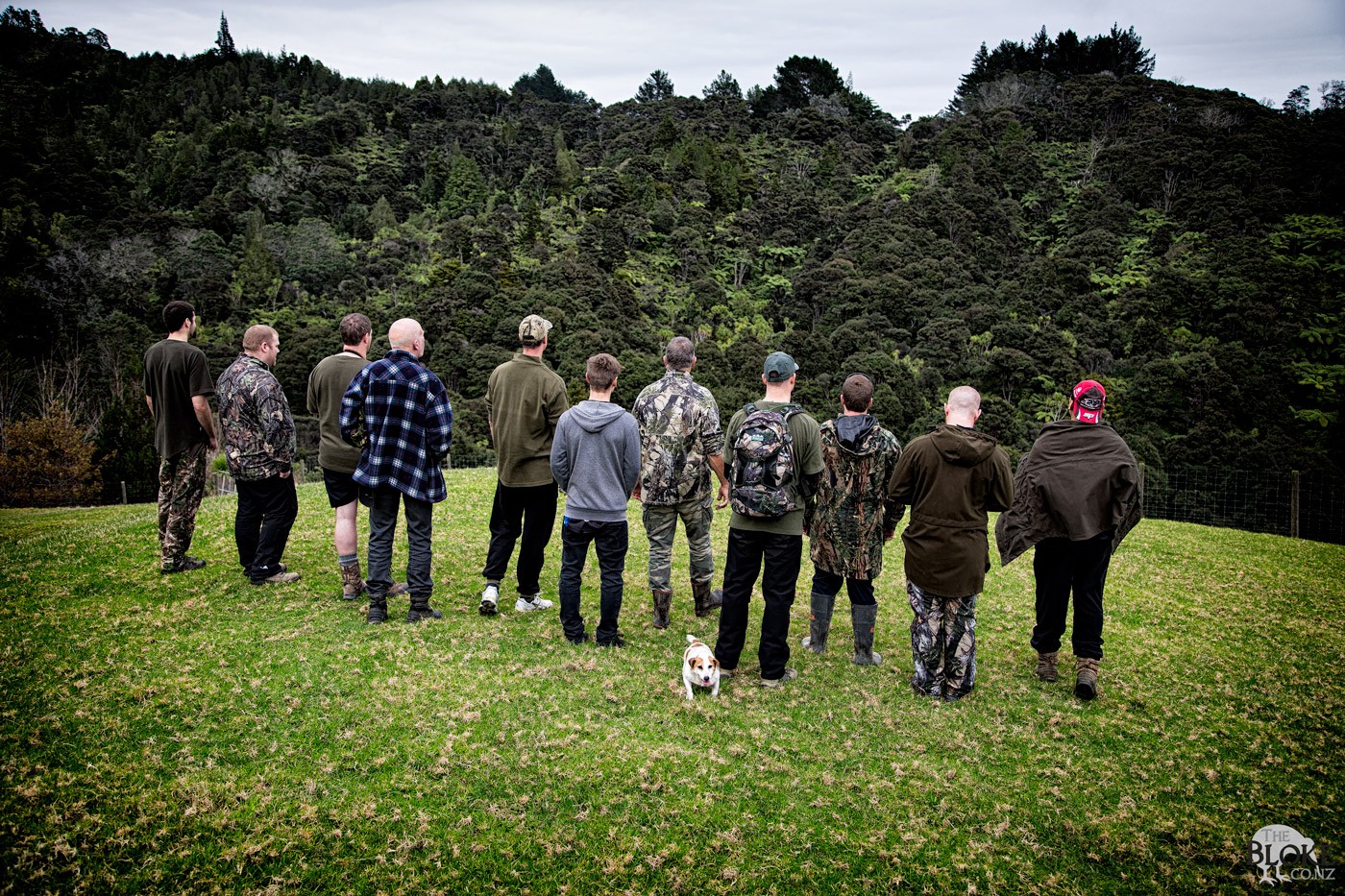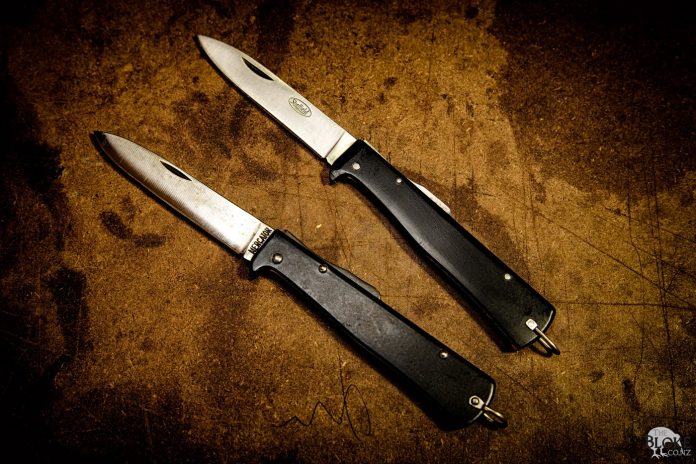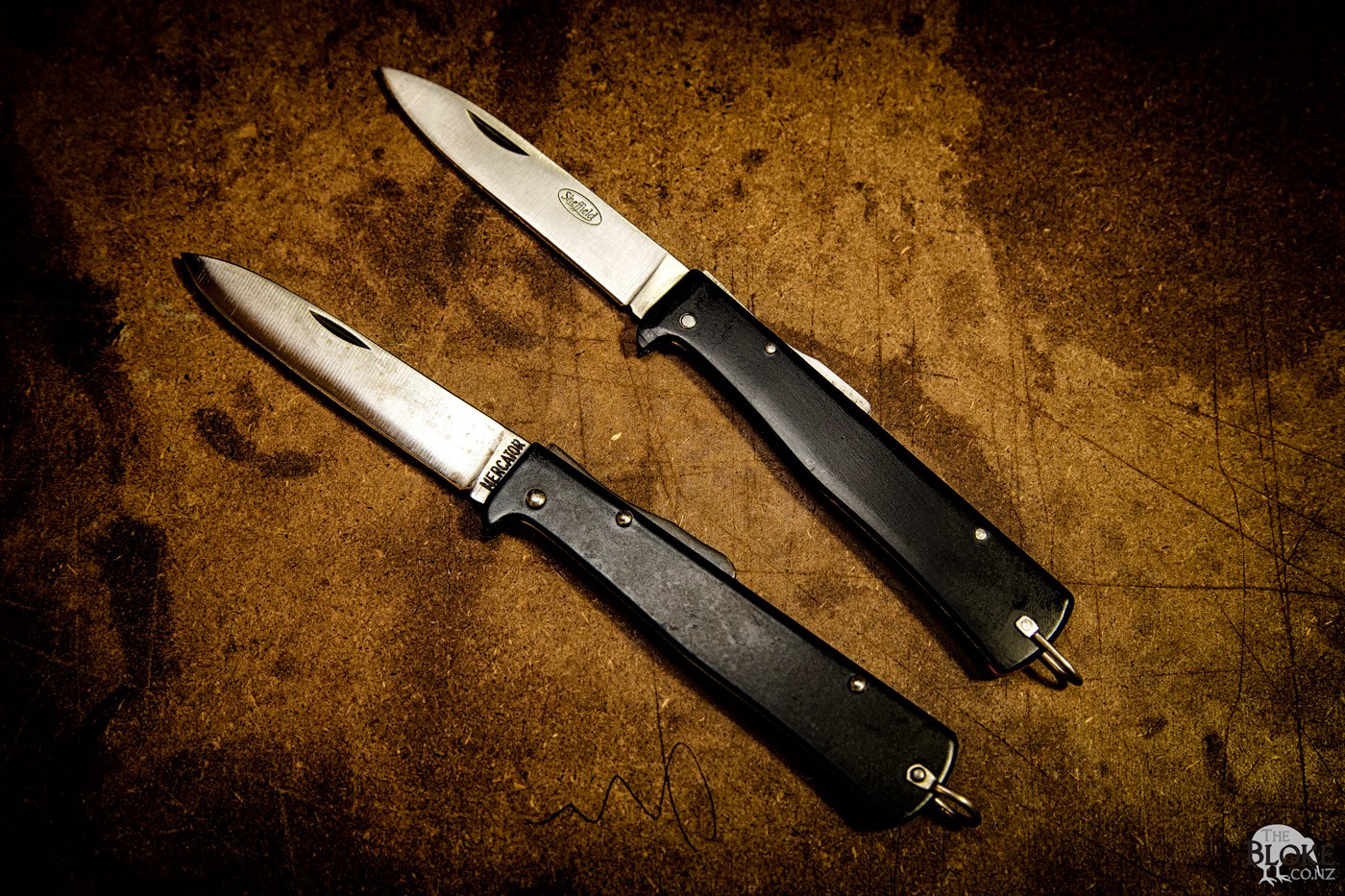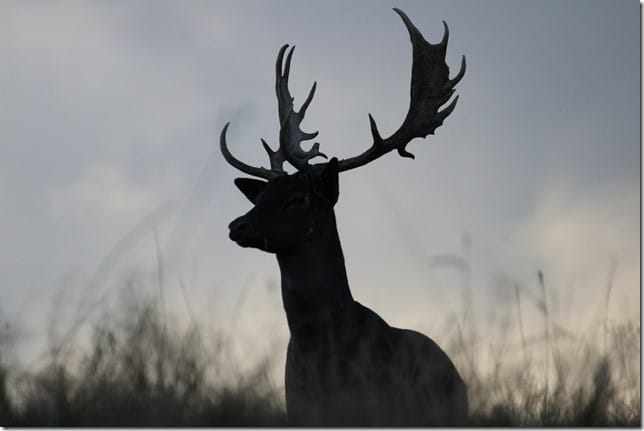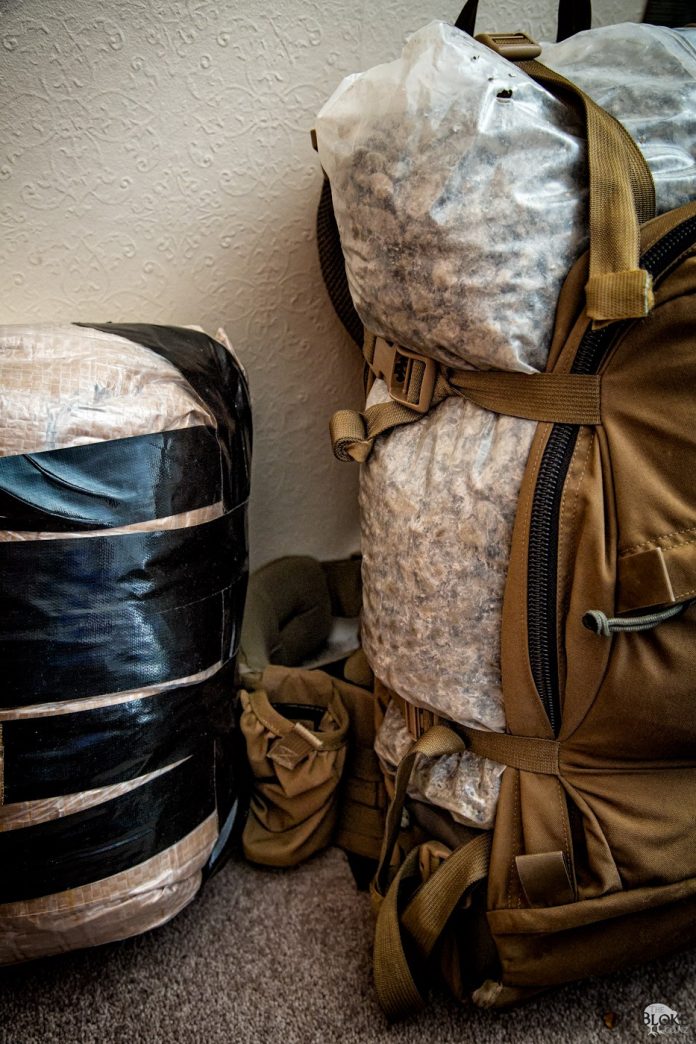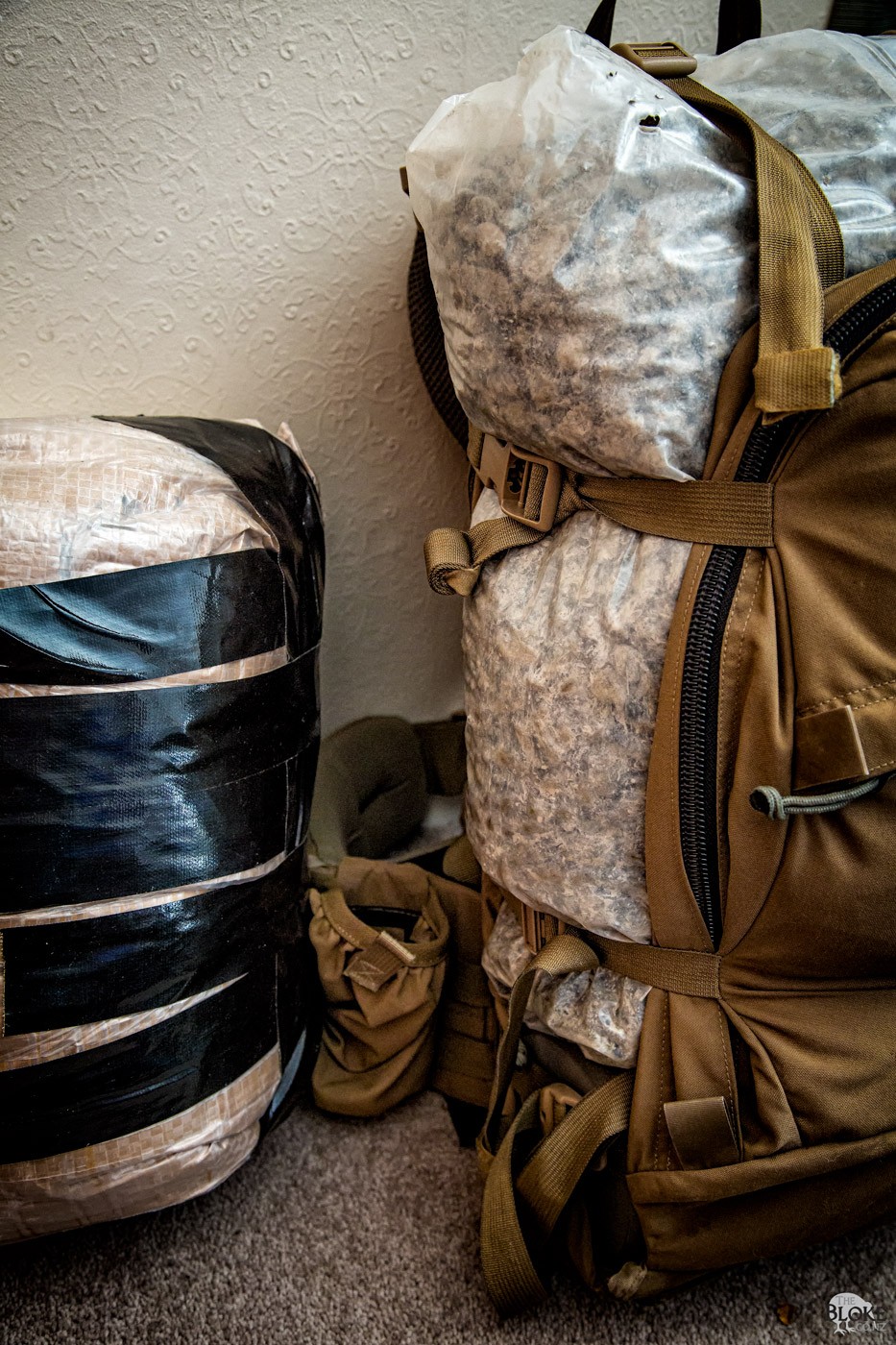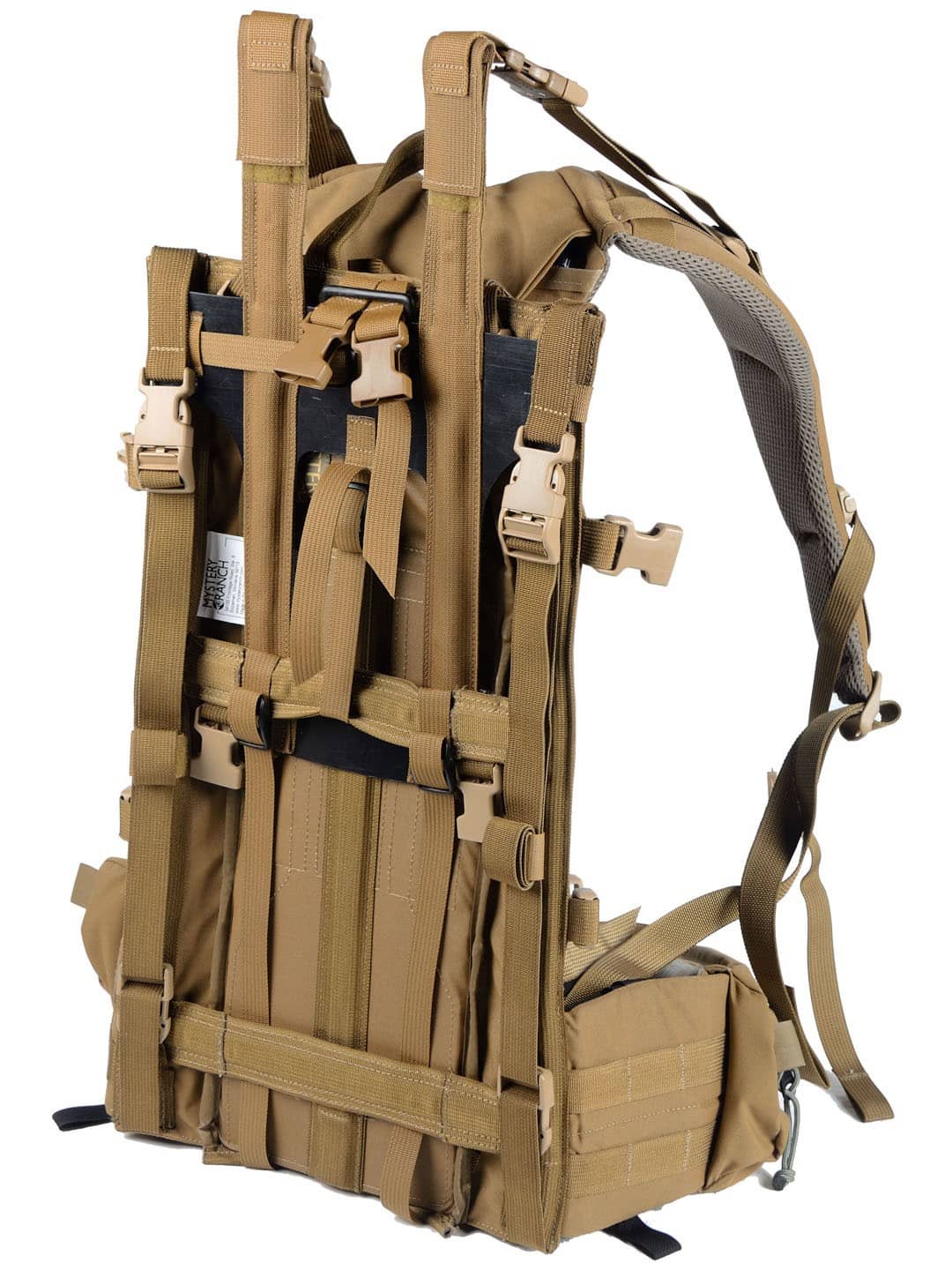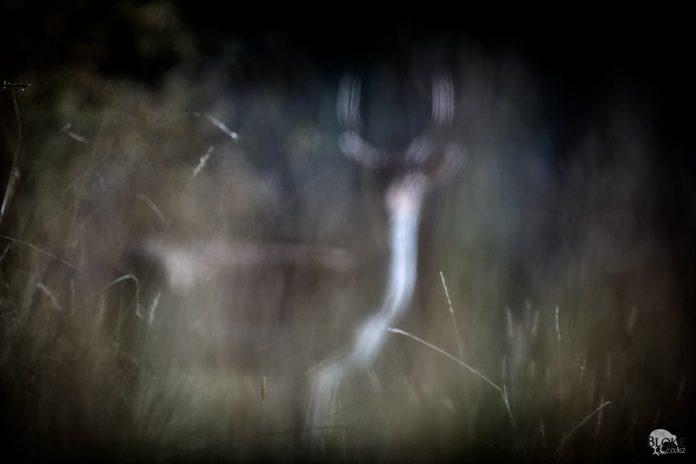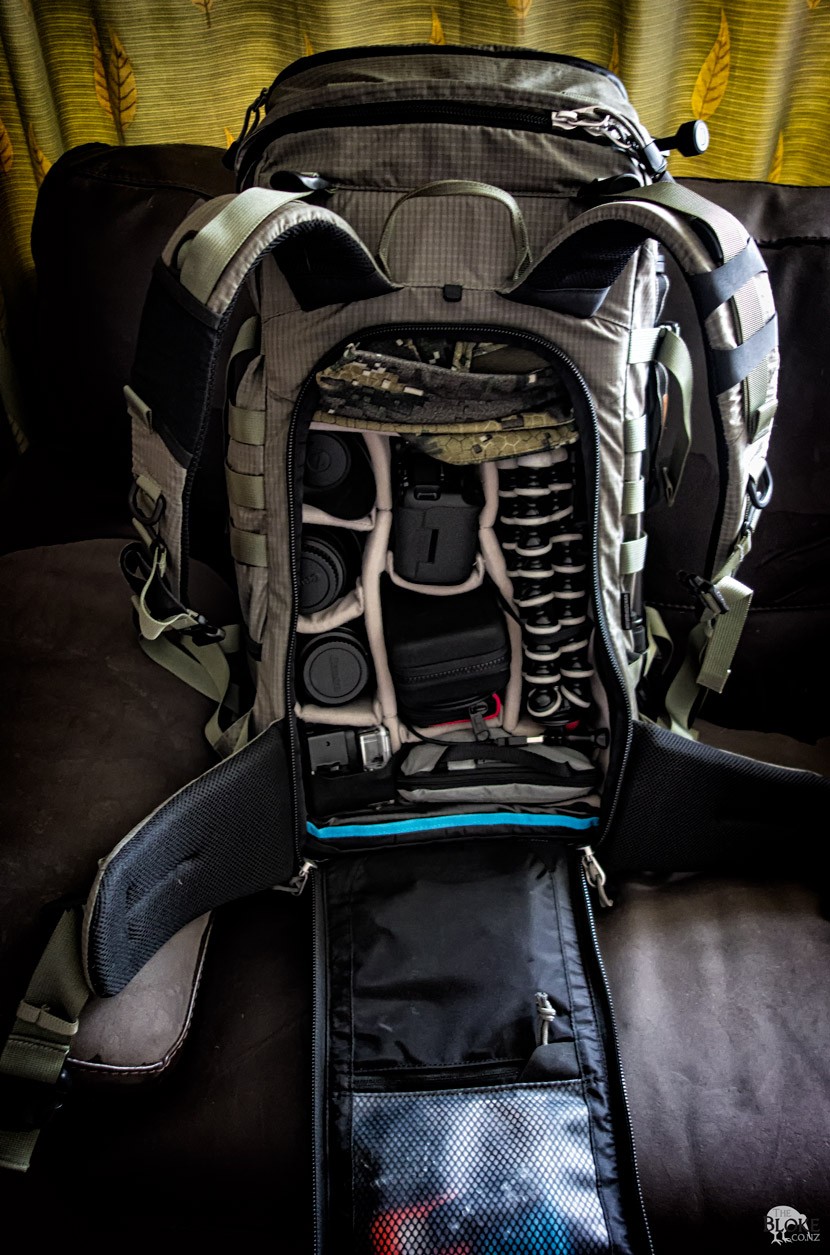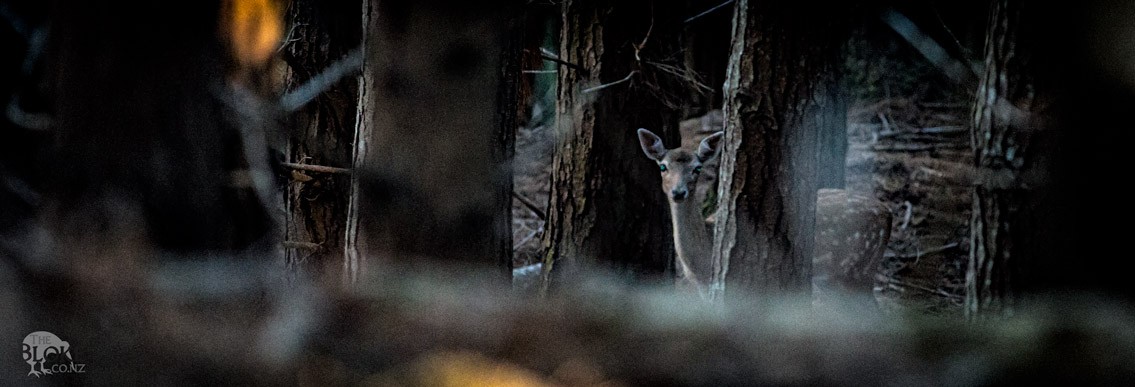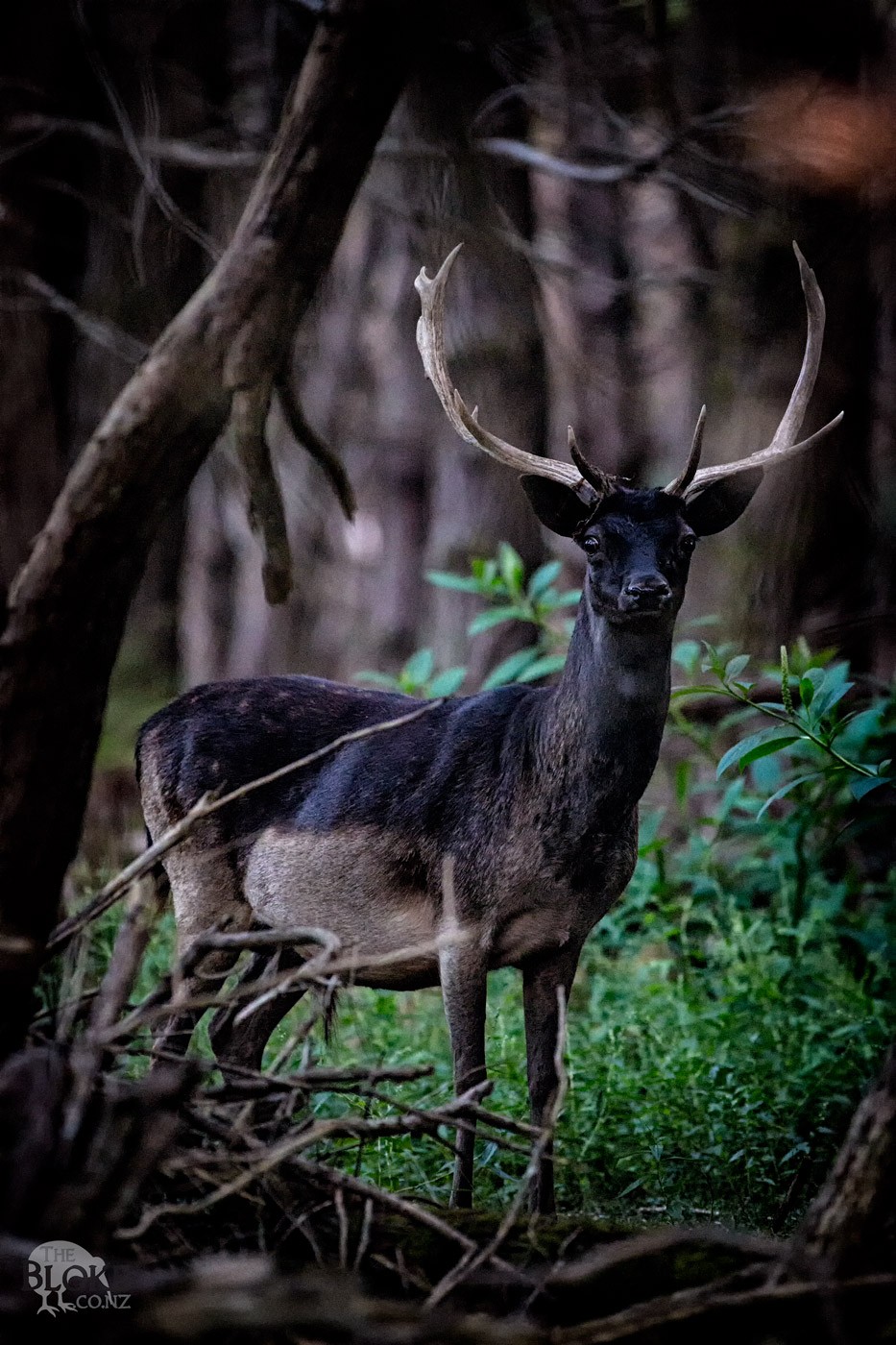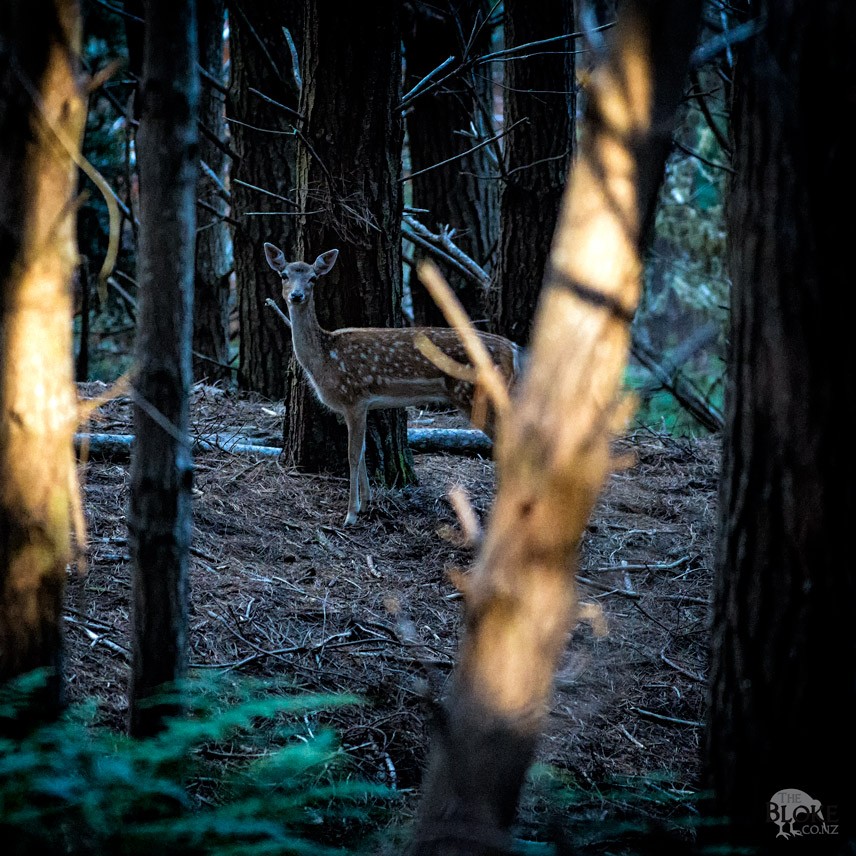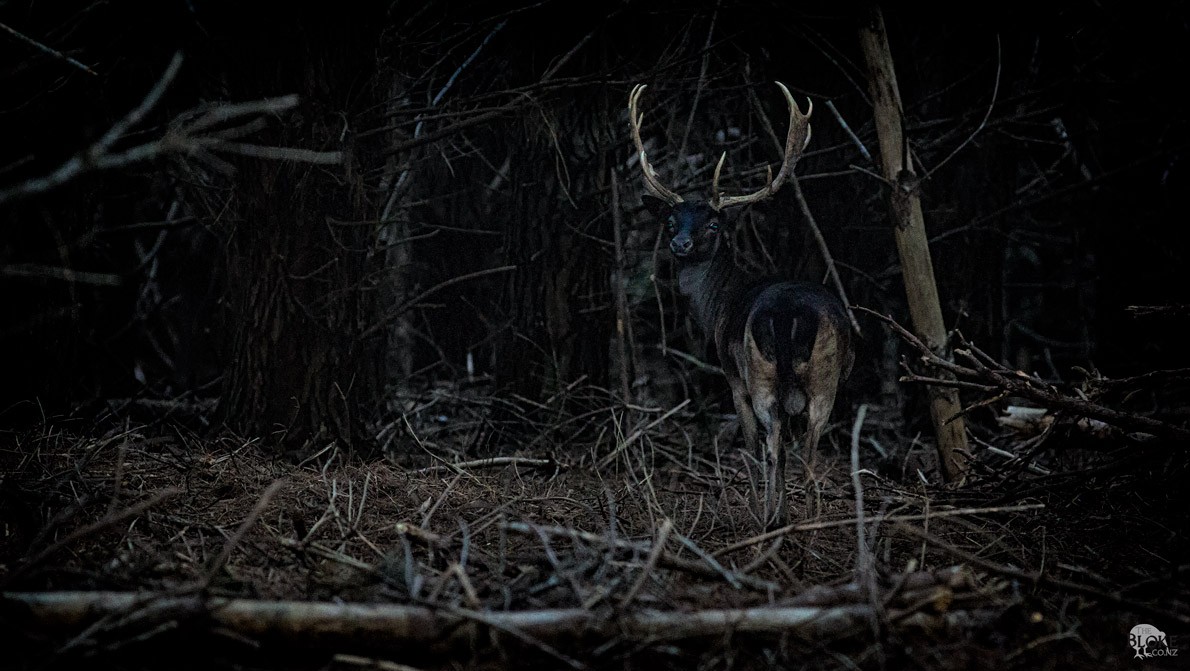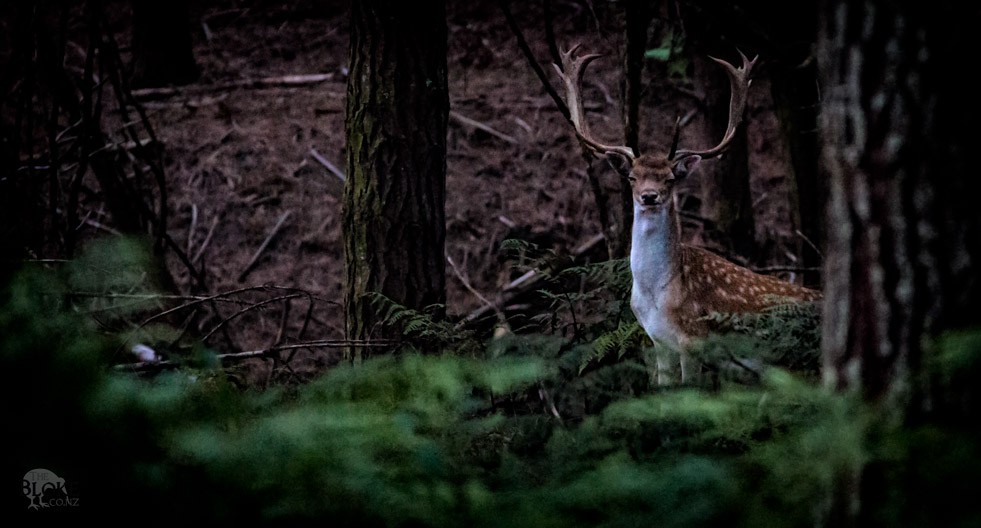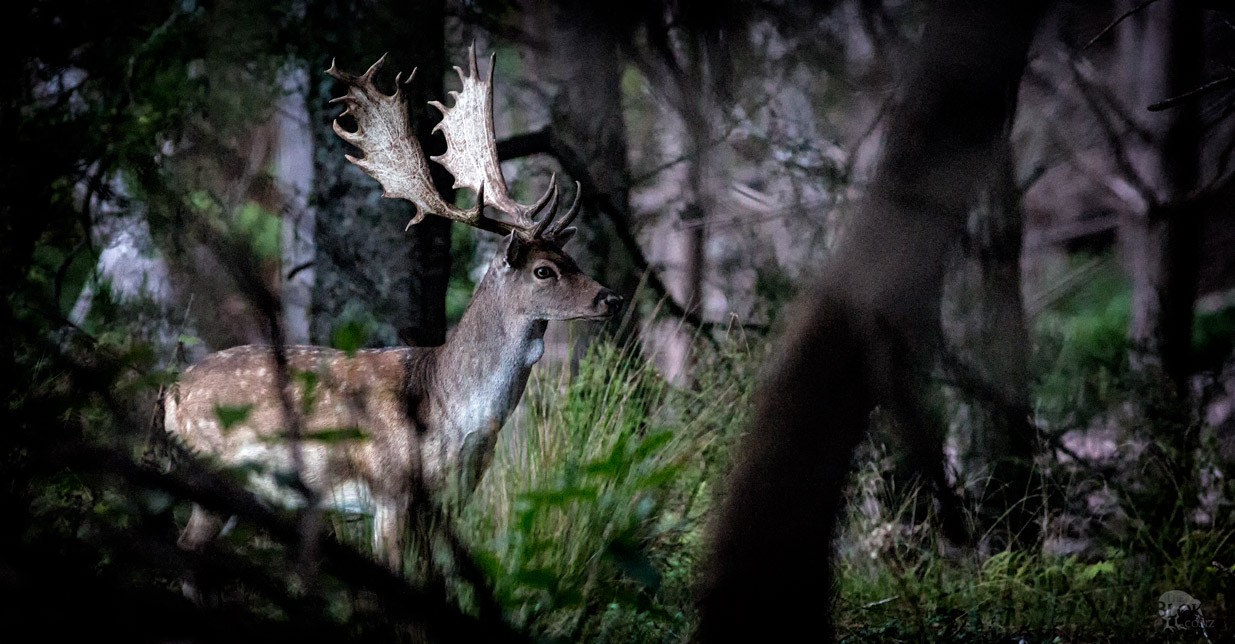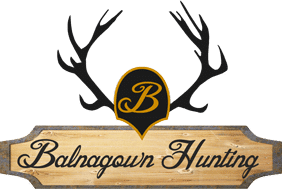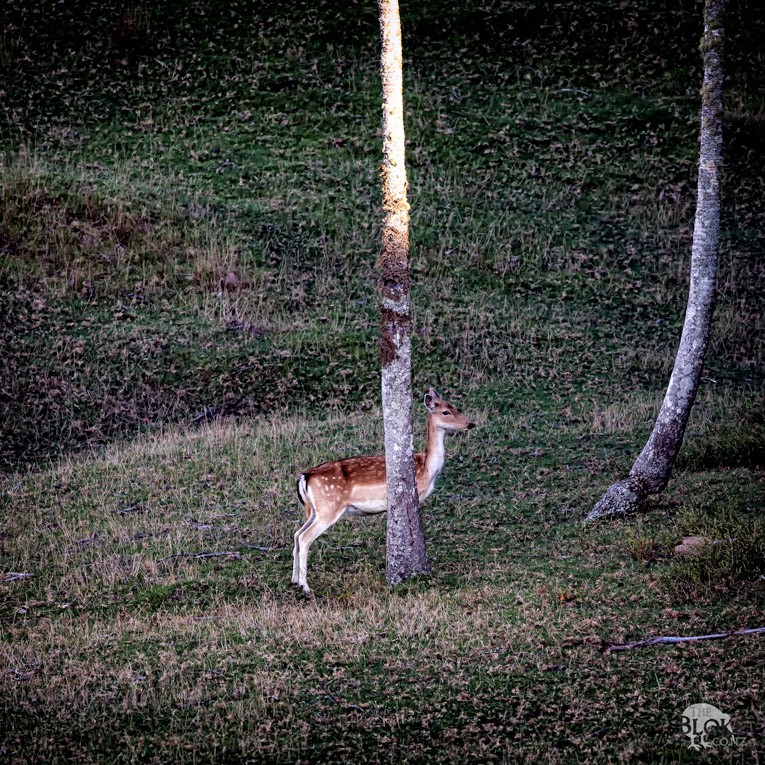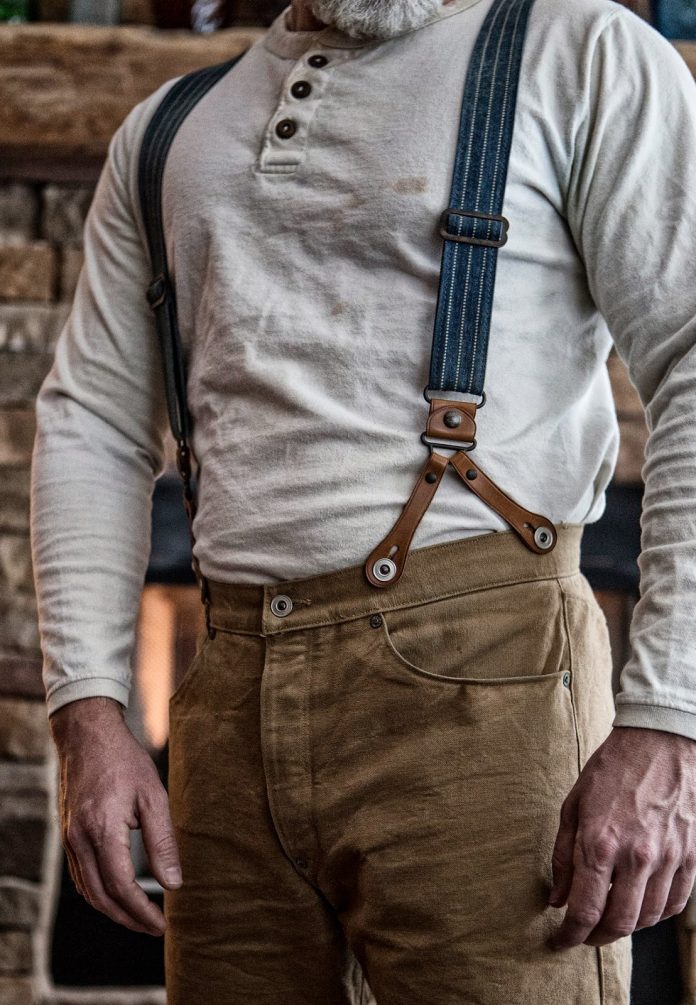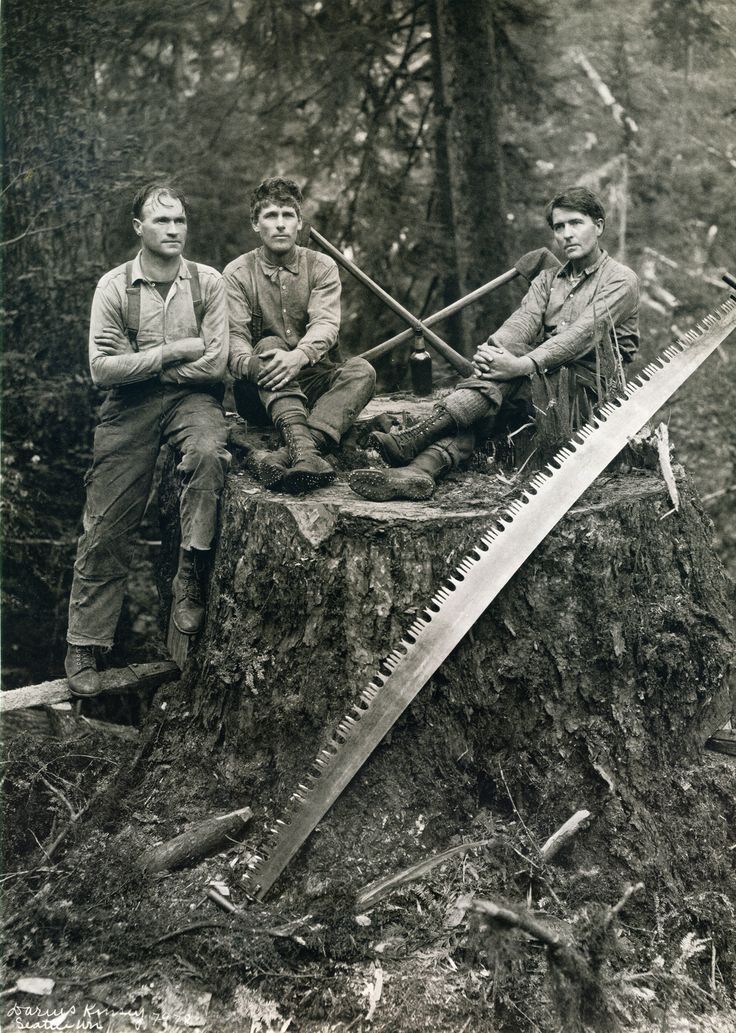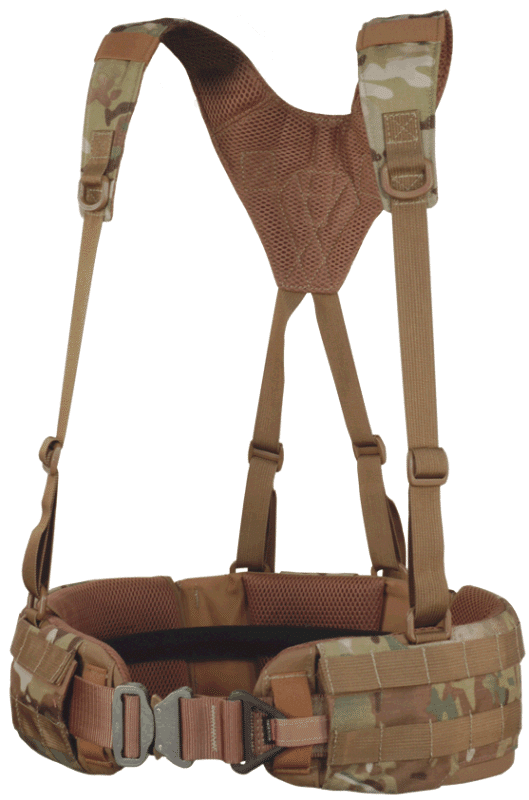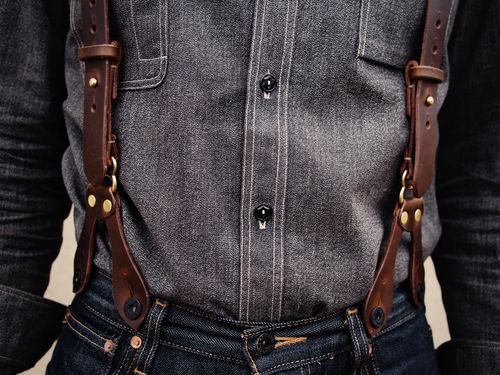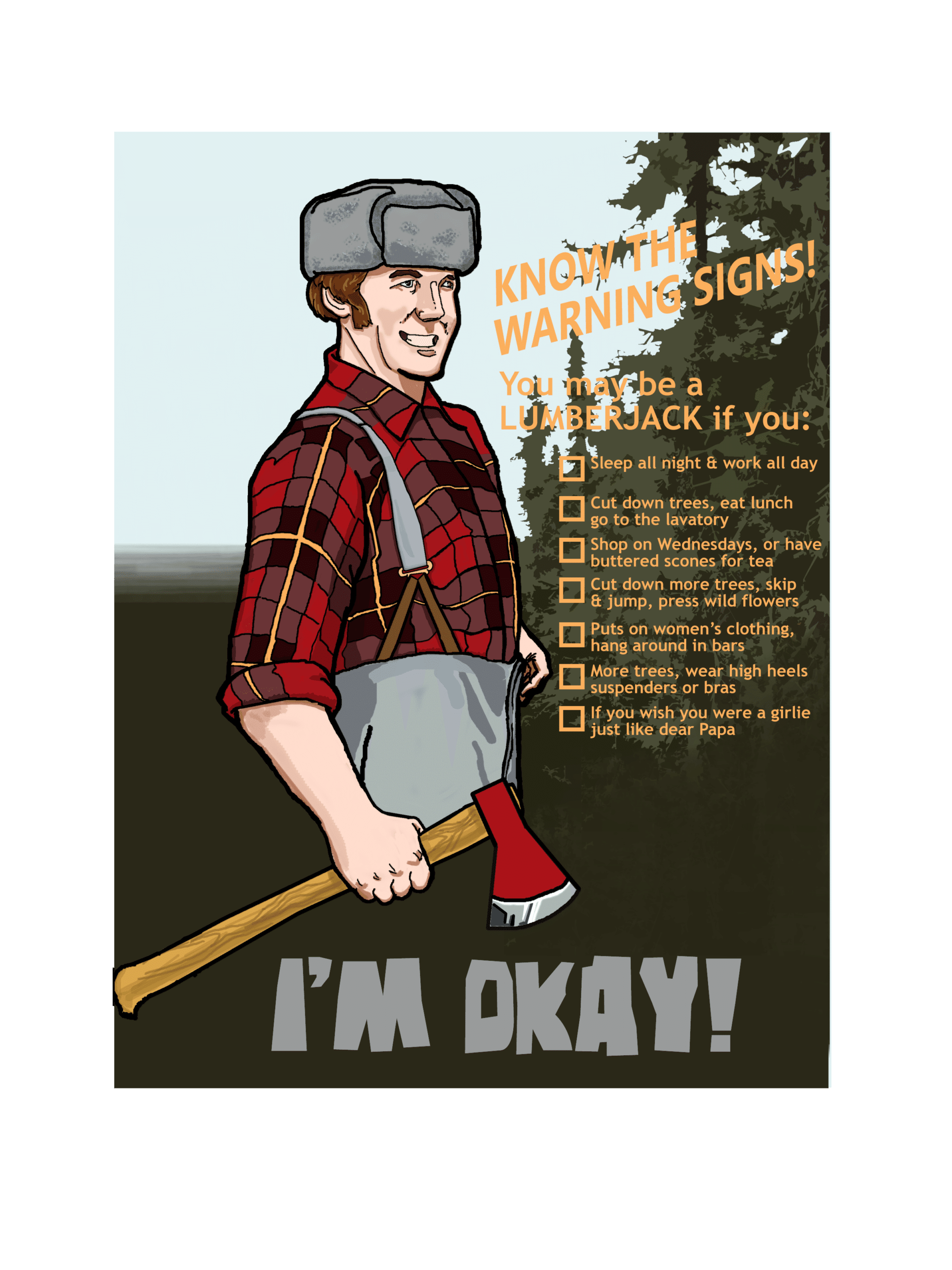It’s a long road finding the perfect pack. The Hunters Element Boundary Pack is certainly close. But does it tick all the boxes?
Hunters Element Pack Range
 I now have three of the Hunters Element Packs, the 25 litre Contour, the 45 litre Peak and now, the 35 litre Boundary.
I now have three of the Hunters Element Packs, the 25 litre Contour, the 45 litre Peak and now, the 35 litre Boundary.
While the Contour has become my go-too day pack, it was going to be a little small for a one or two day overnighter. However, I wanted something smaller than my Mystery Ranch (and quieter) – initially the Peak seemed perfect – but after using for a couple of trips and constantly pairing down everything I was carrying around, I realised I didn’t need a pack that big! A pack is often one of the heavier pieces of equipment you can carry, so in my quest for a lightweight hunting system, a smaller pack was on the cards.
As it turned out, speaking to the guys at Hunters Element they mentioned they were bringing out a new pack sized in-between the Contour and Peak. Would I be interested in checking it out? Hell yes!
It has now been on several adventures with me. Roaming around the Kaimanawas, carrying course essentials for our Processing Courses and as a day pack for the Tarata Medium Range shoot. It has quickly become my go-to pack for outdoors adventures.
Also makes a great rifle rest.
Hunters Element Boundary Pack
 The Boundary Pack is an obvious evolution of the Hunters Element Pack Range. First – the company blurb:
The Boundary Pack is an obvious evolution of the Hunters Element Pack Range. First – the company blurb:
A fully featured pack designed to take the knocks. This is made to last and has a long list of features designed to carry your gear and all hunting accessories you need to get the job done.
- 35L Capacity
- Height adjustable Foam Flow™ harness
- Top loading
- Side compression straps
- 5 accessory pockets
- YKK zippers
- YNS Buckle hardware
- 2 x ice axe / walking pole attachment points
- Quick Click™ rifle scabbard
- Blaze orange rain cover
- Available in Desolve® Veil Camouflage
Breaking it down
The Frame
One thing I immediately noticed that was different to Hunters Element’s existing range was the frame – the Boundary has a different system to the Contour and Peaks Air Flow – which I view as a good thing. While both the other packs certainly provide a pile of ventilation around the back, the frame itself does tend to push into the bags internal storage space. In contrast, the Boundary Pack has what I would call a more ‘traditional’ frame system – it certainly seems more padded and certainly there are no complaints about how it carried the load. Overload the pack and it is going to be a heavy, slightly uncomfortable carry – no internal framed pack, short of my external framed Mystery Ranch is going to be overly comfortable with the weight gets over 40kg (i.e. carrying out an animal) – but then, most the time, you should have no-where near that weight in it. The waist belt and shoulder straps have a good amount of adjustment in them, with what I think some would call the ‘load-lifter’ straps, well, not lifting the load, but ensuring you can get the weight in close to your shoulders. The two straps that can pull the pack into the waist belt seemed to be a bit lost on me – unlike one of my older Macpacs, the waistbelt isn’t moving that much in relation to the pack anyhow – so I am not 100% sure of their function. I have never needed to adjust them.
The Foamflow does it’s job – if I am getting warm, the pack doesn’t end up being a sweat pit on my back – enough hill climbs and it will heat up – but not like other packs I have used.
The shoulder straps are fairly bulky – enough that you are aware of it when you shoulder a rifle – but not enough to stop you getting a shot off.

The Material
The material is a mixture of brushed tricot, and nylon panels – the majority being the silent tricot. This is the primary reason I have switched to the Hunters Element Packs for hunting – I wanted to be able to stalk with the packs on (i.e. carrying camp on my back) the this pack lets me work my way through bush without that sound that a pack made of only cordura would give me. It’s ‘water resistant’ – mean that there isn’t a waterproof layer built into it – but it will happy deal with a shower or two. If the sky fully opens up, then the pack has a waterproof cover that smartly stows away in the base. This cover is blaze – so it’s also perfect to drag out once you have your animal and are on your way out of a hunting spot.
I have had a puncture in the pack – but this is a puncture from a sharp object impacting on the pack – not wear issues.

The pack is built well, with quality materials – the straps, the zips, all feel solid and likely to last for a long time. I am going to put a patch over the small nick to stop it enlarging and call it good.
The Storage
The pack is advertised at 35 litres. In practical terms – this means I can pack enough for a couple of days out as well as having some space to pack any meat back with me. Because of it’s nifty design – the lid of the pack can extend out quite a way – so boned out meat in packs can happily sit on top of the pack and be cinched down tight for the walk out.
If you don’t need the extra space, the lid and sides can be compressed down – making this pack great for use as a day pack as well as a multi-dayer.

On the lid itself you will find two pouches – one on top – ideal for carrying those things you need to quickly access – in my case, the tarp and snacks and a mesh pocket underneath – where I store my kill kit (knives, bags and hanging rig), essential documents (spare map, permit, personal details) and other items like the phone, keys and so on.
The front of the pack has two zippered pouches – one large one – the ideal spot for the insulation/rain layer, on one smaller one – which, to be honest, I could live without. It’s kinda too small for most things, long and well, not really needed. I store the small tripod I carry for the camera in here – but that’s really because I feel I should use it for something. Ultimately, it is more material, more weight.
 On the hip, you will find another pocket – and I really wish it was a little bigger and had one on both sides. As you may know, I normally use a RIBZ pack as well – which I love – but with another front pouch (so I didn’t have to take the pack of to get certain items) – I could nearly get away without the front pack – less weight again. I don’t use the rifle holder – so a pocket would be more useful.
On the hip, you will find another pocket – and I really wish it was a little bigger and had one on both sides. As you may know, I normally use a RIBZ pack as well – which I love – but with another front pouch (so I didn’t have to take the pack of to get certain items) – I could nearly get away without the front pack – less weight again. I don’t use the rifle holder – so a pocket would be more useful.
Inside the pack you are going to find a water bladder pocket – which has the corresponding outlet up at the top of the pack. Another little design feature I have never quite understood is the dual hooks at the top – I assume I am missing the point – but for hanging a hydration bladder – surely a single central loop/hook would be better?
Ultimately, the pack offers a variety of storage options – from the less used to the on hand. Not too the point where you start losing stuff in the pack (I have other packs where that is definitely a problem).
The Rest
The pack is obviously aimed as a bit of a multi-purpose pack – evident by the compression straps, ice-axe/walking stick holders, rifle holster and so on. Features that I am unlikely to ever use – and features that have, on occasion, ended up catching on bush as I try to sneakily push through it.
For me, when hunting – it’s likely to be bush bashing – so I could happily cut/remove most of these bells and whistles. But, I can see if you had a use for them, they would be a welcome addition.
The rifle scabbard in particular, has always been a funny one for me. Sure, I have seen the video, it looks cool – but I am left handed for a start, so useless and besides, I was taught to either have a rifle in my hands or, well, in my hands.
In summary
Firstly – let me make this clear – this is currently my favourite, go to pack for the hunting I do. For my purpose, this is the best bag I have. Is it ideal for the type of hunting I want to do with it? No. But then, nothing I have tried is better.
Some of the extra’s on the pack I could live without – and enjoy the weight and snag savings. Realistically, if I was going to carry a walking stick – then I could just use the compression straps for that. A tripod would be more likely and the straps are ideal for that.
The rifle scabbard – cool idea – but of no use to me. Will look to cut it off to reduce another snag point and save a little weight.
Remember though – will all these comments – I am basically looking for the perfect bush pack – something more modern than the pikau, but silent, and streamlined.
